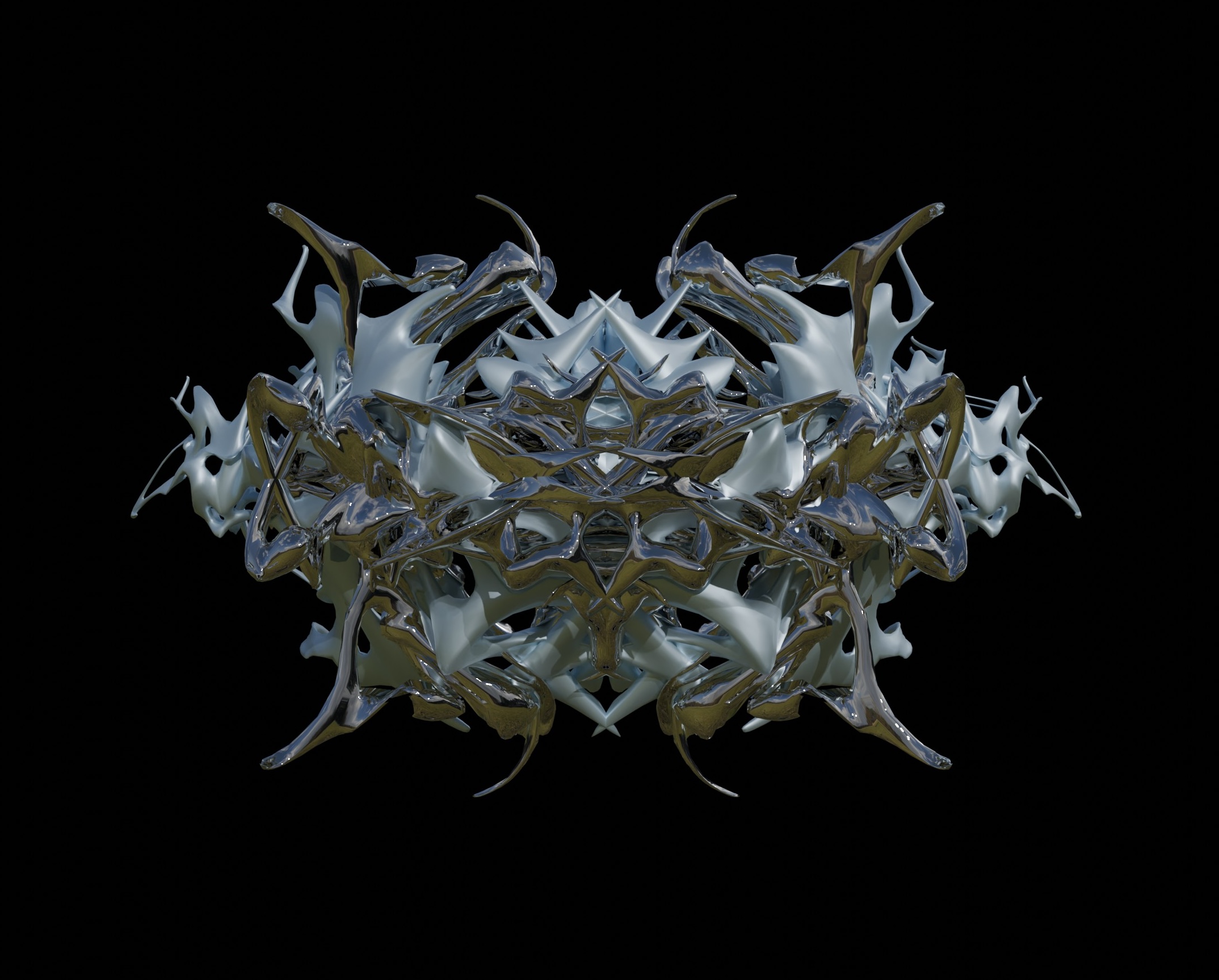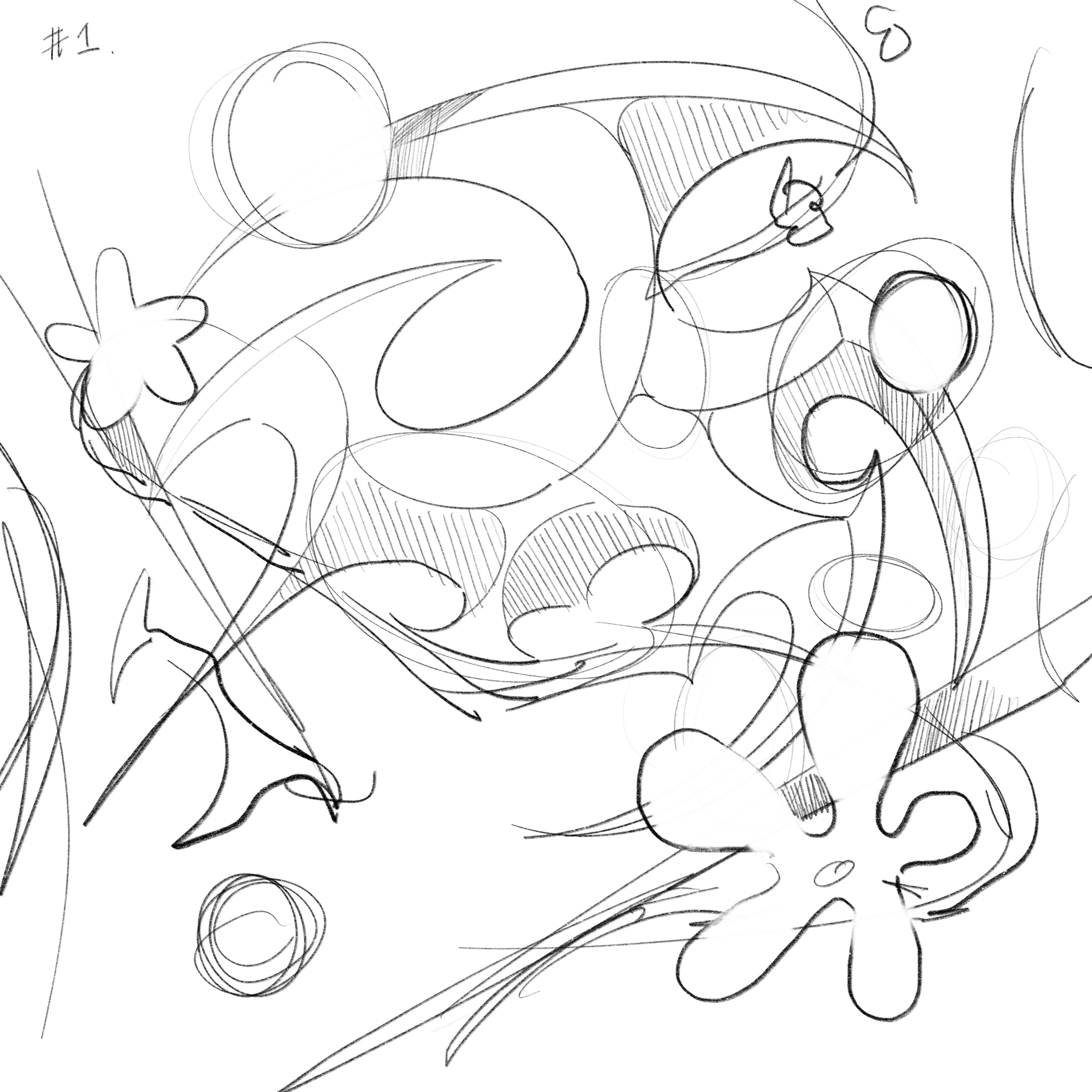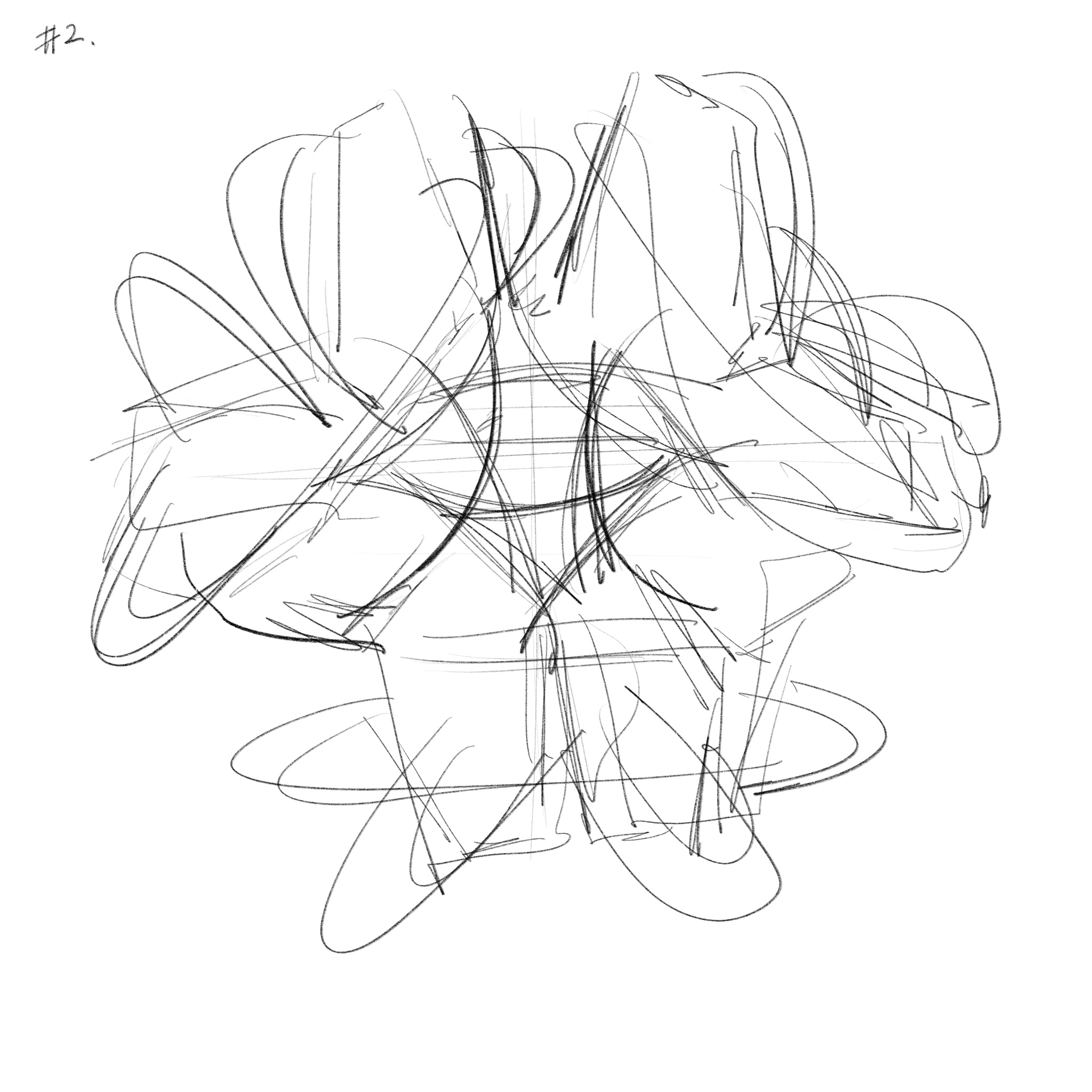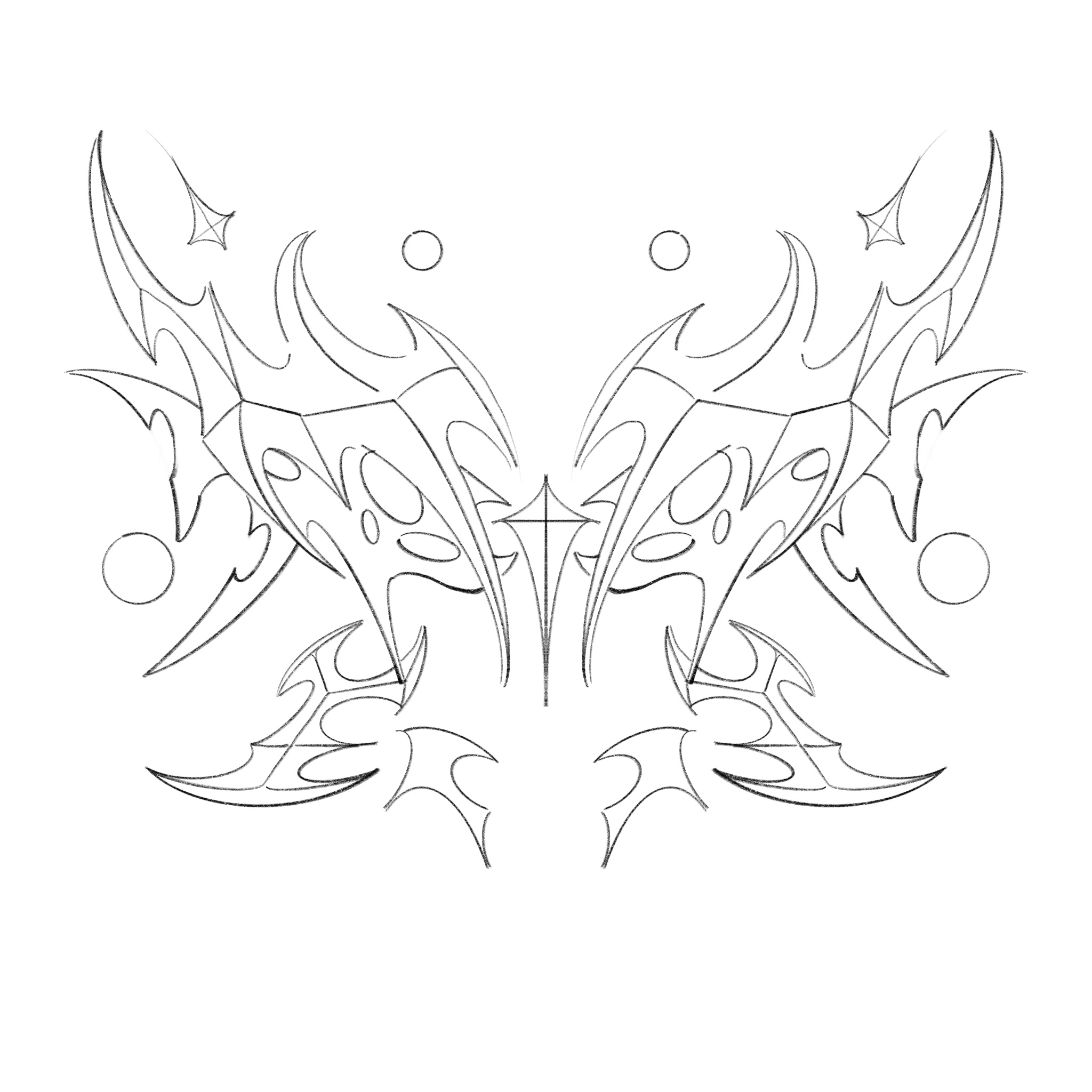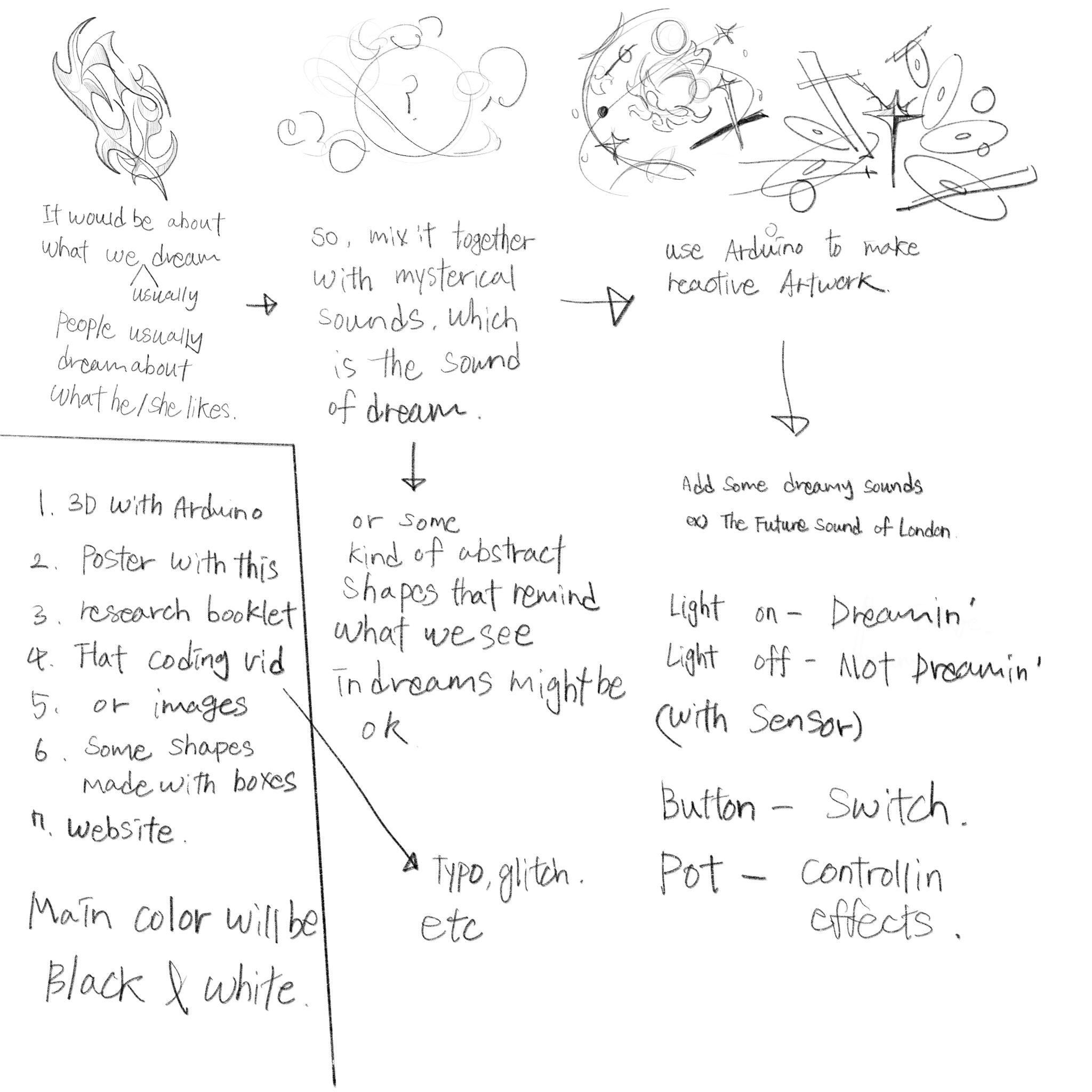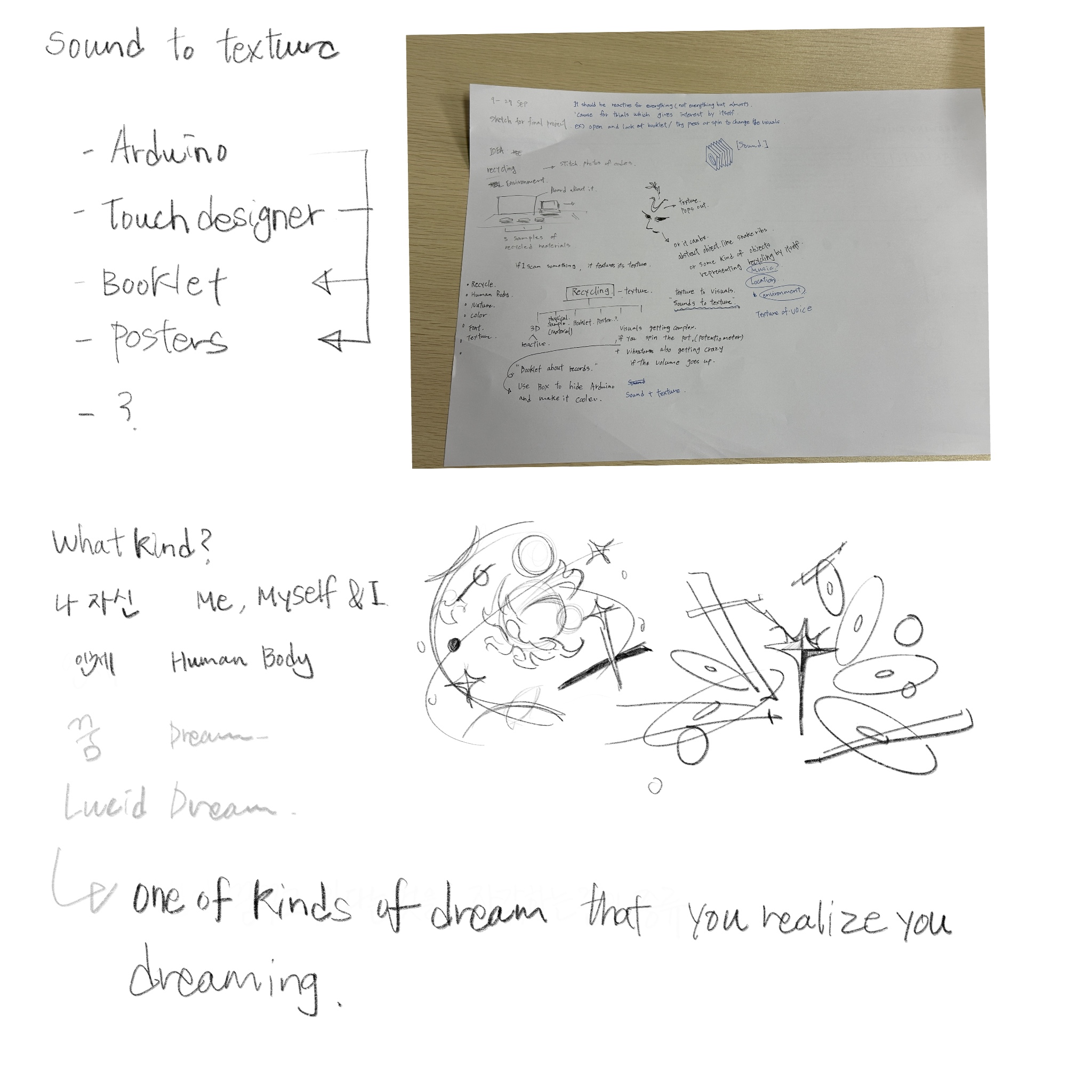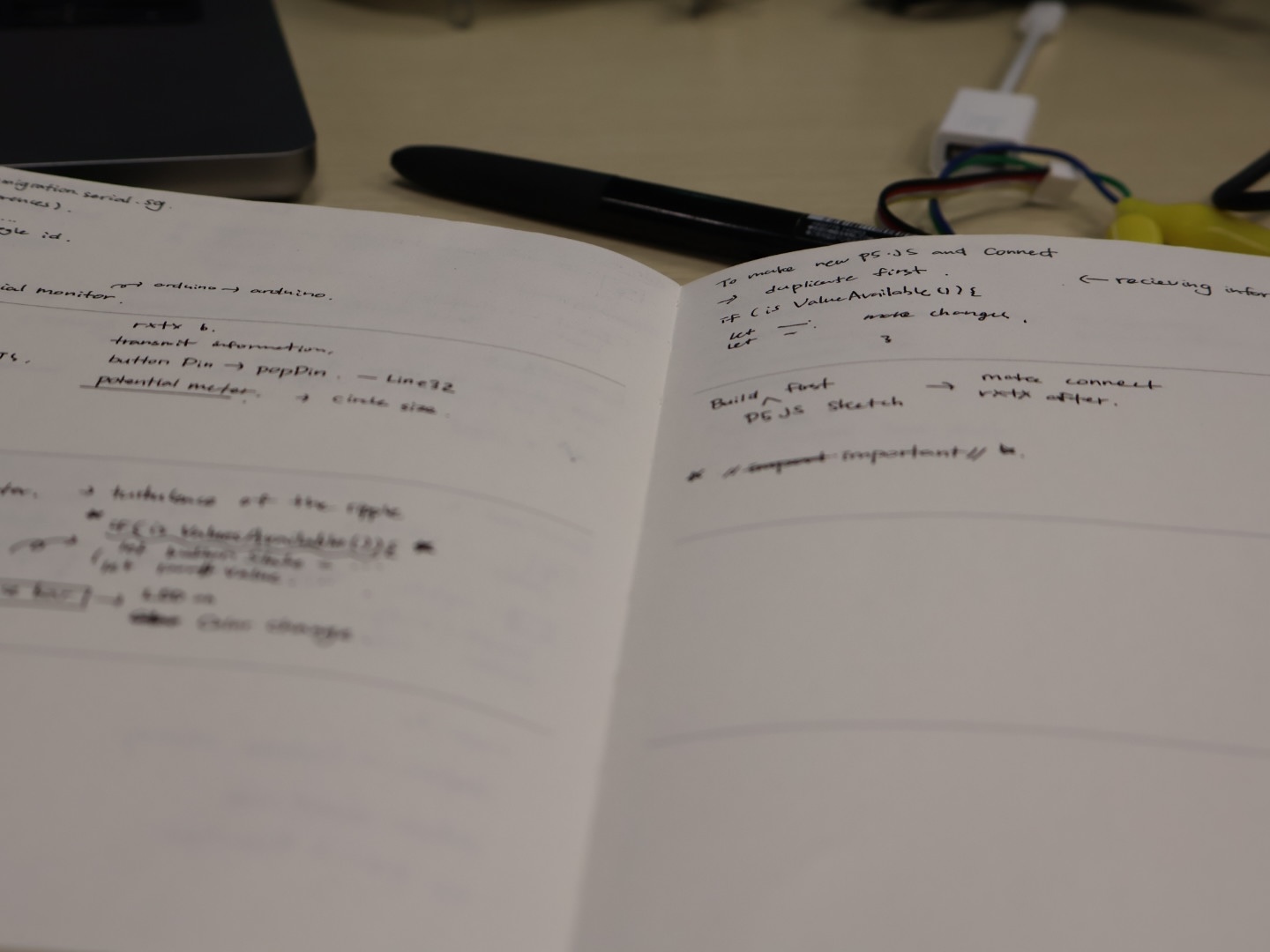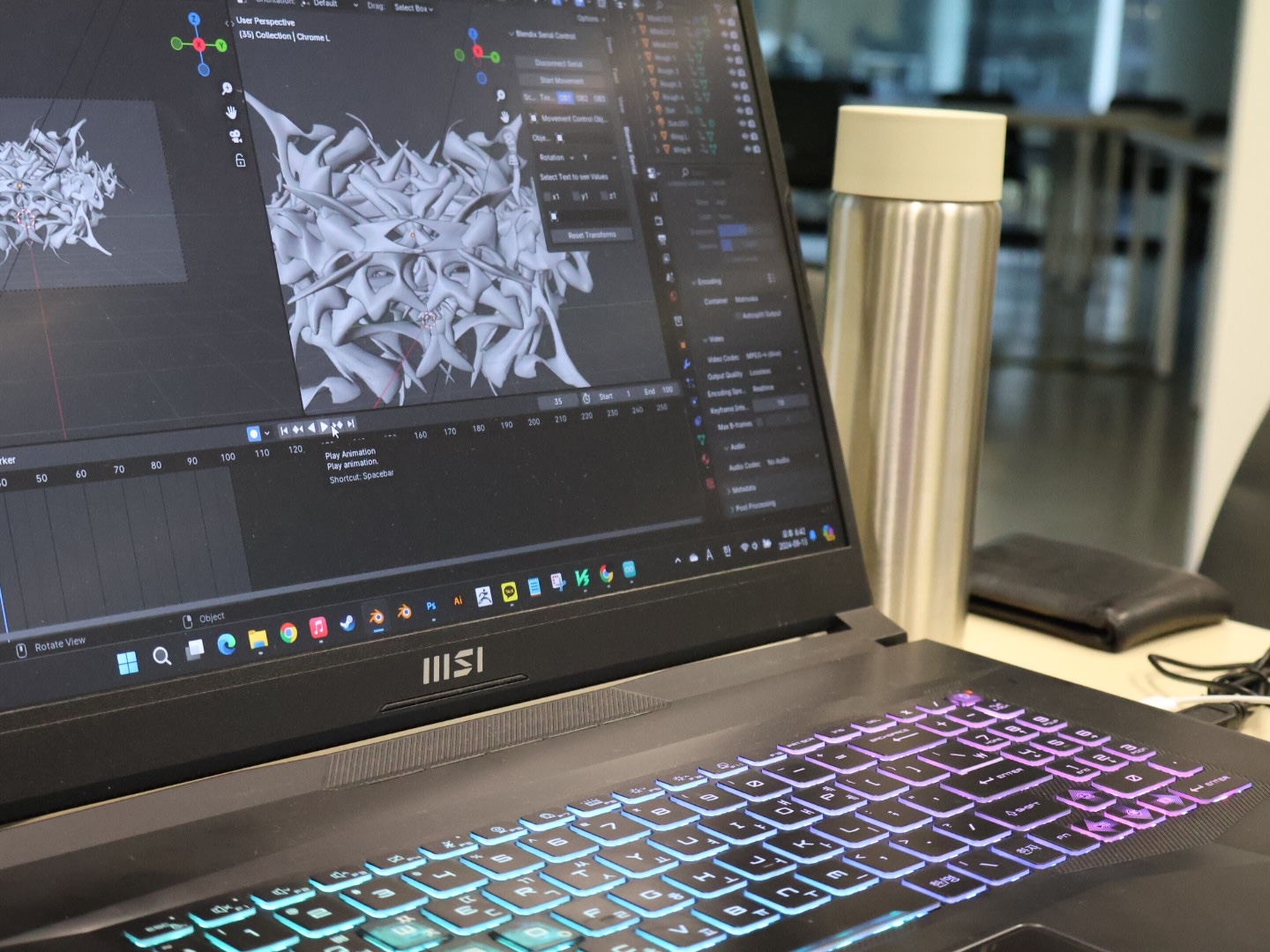Lucid Dream Simulator
This second experiment of "Lucid Dream" project, simulates a lucid dream state where users interact with different dream elements, changing the dream environment in real time, representing the fluidity and surreal control experienced in lucid dreaming.
Tools: Arduino, Blender, P5.js
In this experiment, we used Arduino to simulate REM sleep, while using Blender to create surreal 3D shapes representing dreams. The rounded curves in these shapes symbolize positive dreams, while the sharp, jagged edges represent nightmares or unsettling dream moments. By adjusting these shapes through Arduino's potentiometer, We illustrated the idea of controlling one’s dream—much like how a lucid dreamer can take charge of their own subconscious world.
Stained glass and various pattern artworks inspired this creation, reflecting the beauty and complexity of dreams. Humans spend a quarter of their lives sleeping, often unaware of the subconscious world they inhabit during that time. Lucid dreaming offers a gateway to awareness and control within dreams, where one can navigate freely between good and bad experiences.
Sketches
-
Visual Ideation Process -
Very First Brainstorming.
Working Process
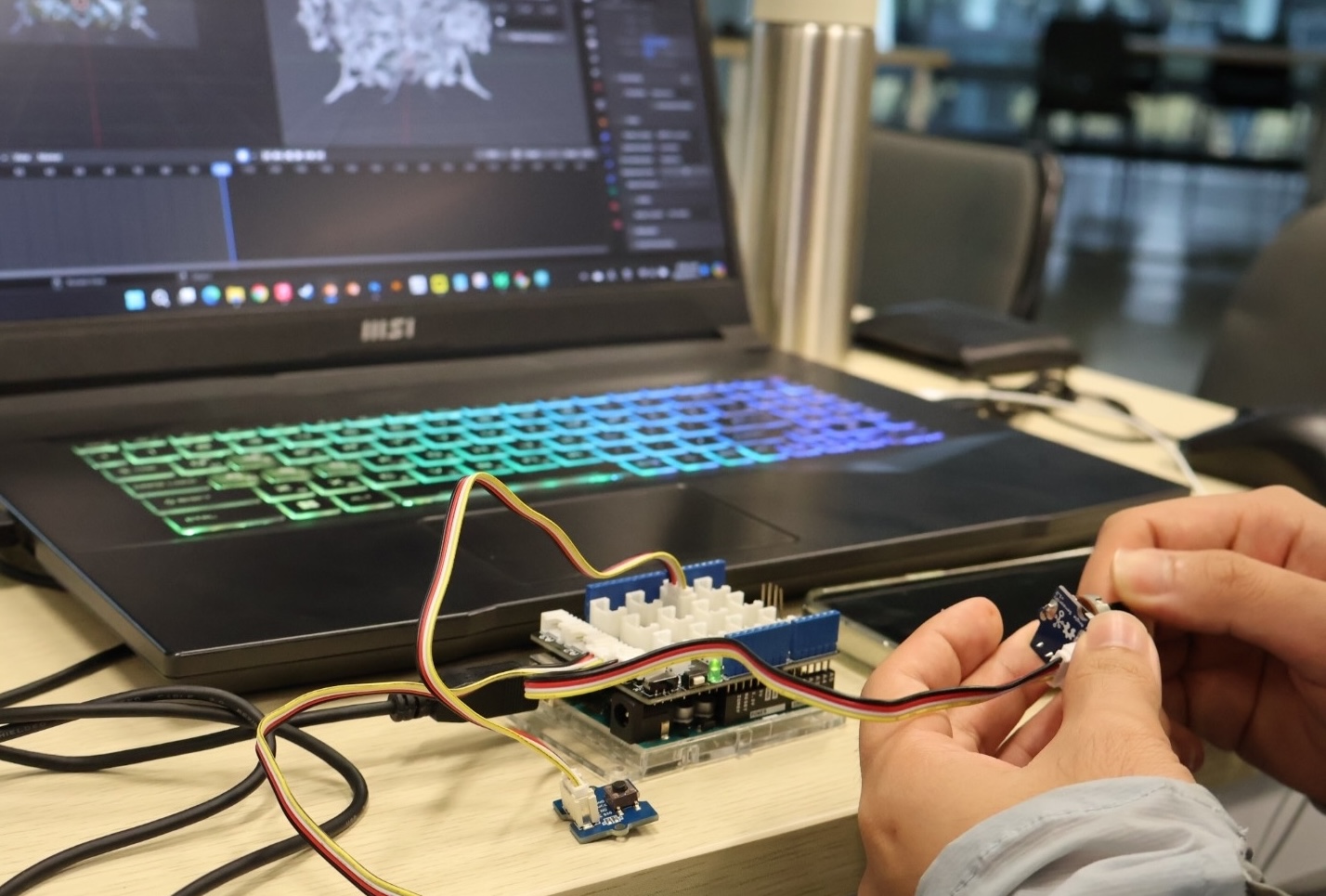
-
Interactions (Blender + Arduino)
Visual Dream (Blender)
- Blender as a visual representation of a dream environment.
- Users can interact with the dream world by moving objects, or distorting the scenery.
- Elements: Abstract and surreal shapes
User Control Over Dream
- The potentiometer allows users to “control” the intensity of the dream states.
Auditorial Feedback
- The speaker provides music and sound matching the mood and sensation of each dream scene accordingly.
-
Technical Challenges
Coding, particularly with Arduino, posed significant challenges. We encountered an issue connecting the movement of a rendered visual with the potentiometer, which was frustrating. However, once we resolved these issues and got everything working, we felt an immense sense of accomplishment. This moment of success was incredibly rewarding and has become our favorite part of the coding process, motivating us to keep pushing forward and improving our skills.
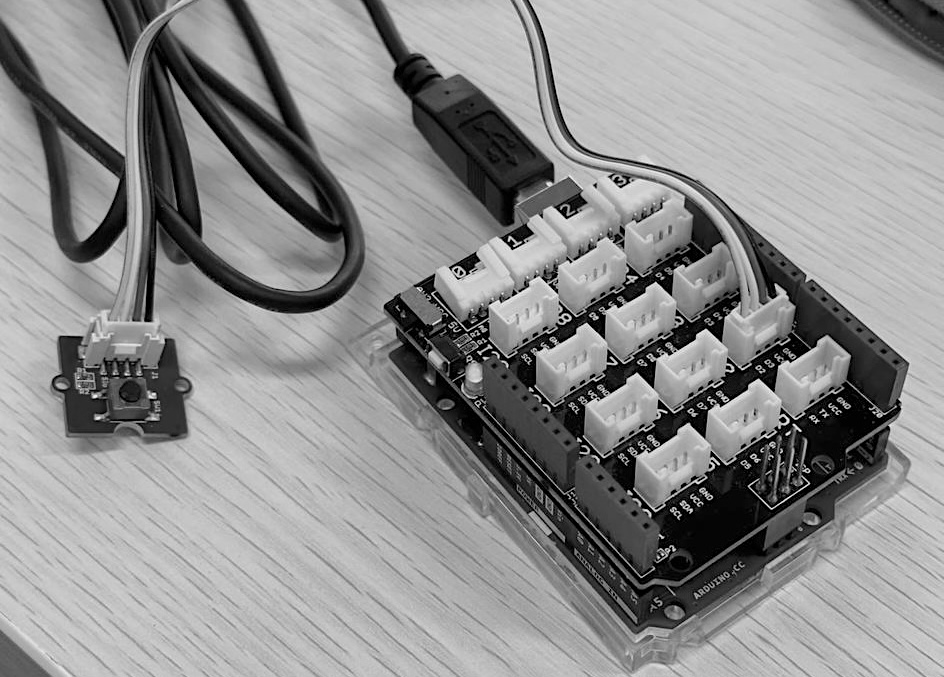
Documentary Video. Our Journey on Arduino Connection
What would you like to do if we could be aware of the sleep that is such an important part of our lives? Realizing that you are dreaming, you can be free to control your entire dream...
This was one of the most challenging experiments for our group. The technical difficulties in coding were significant, but in the end, we managed to create a system where the dream shape (inspired by stained glass and surreal geometry) could be manipulated using a potentiometer—one of the most rewarding parts of the project.
